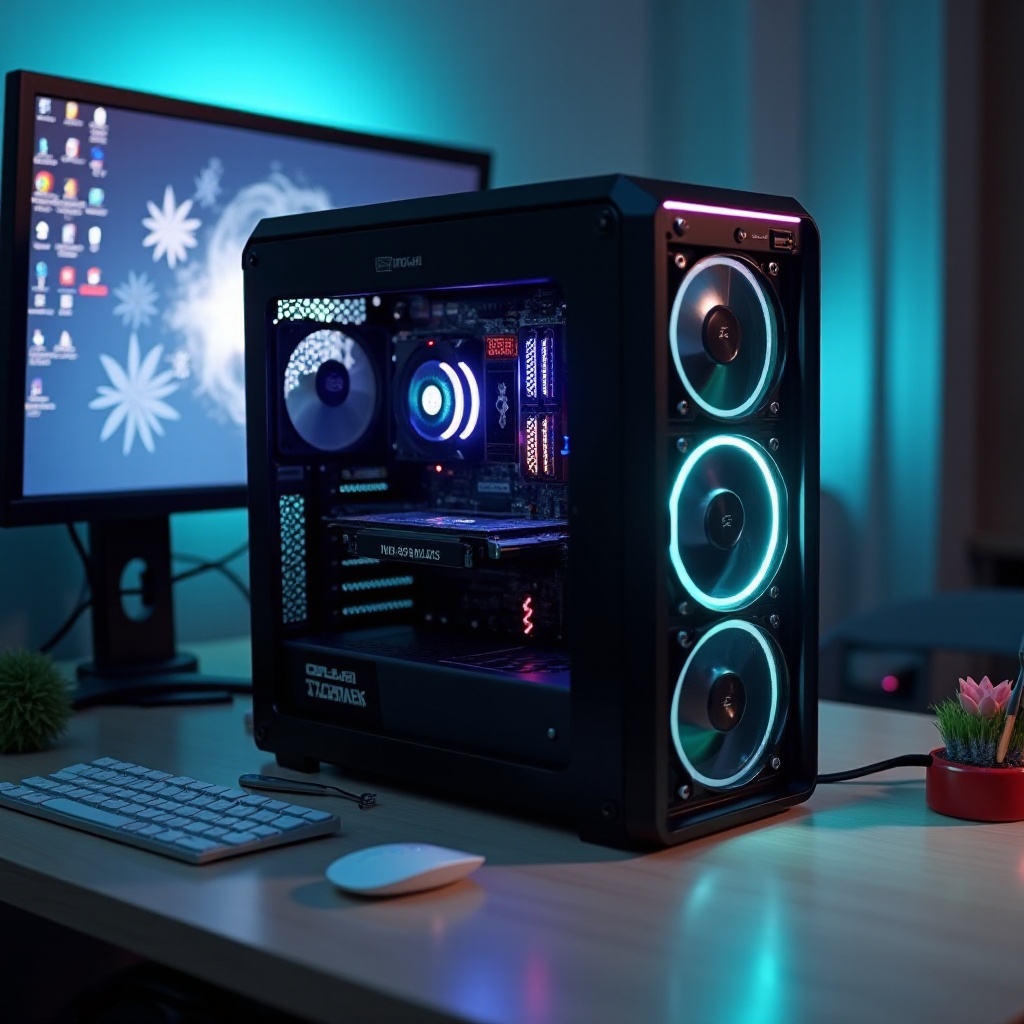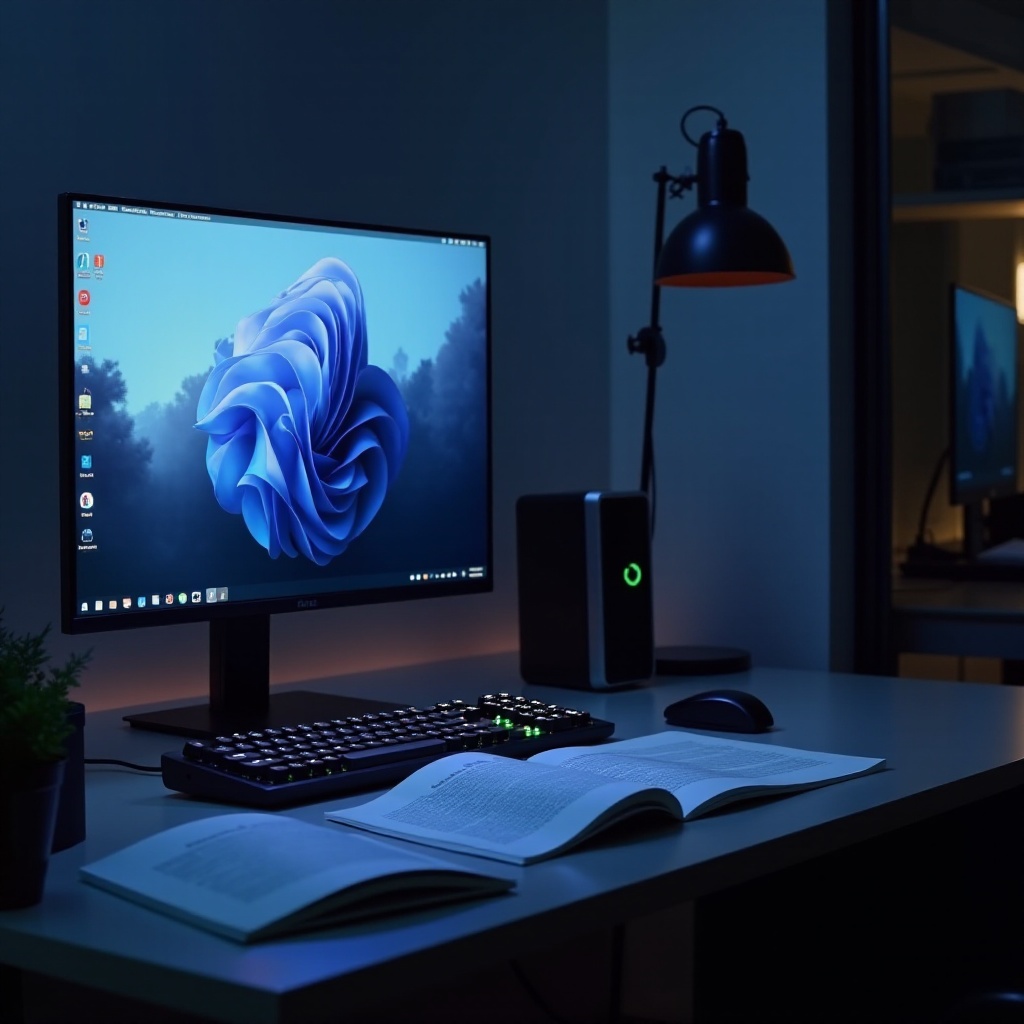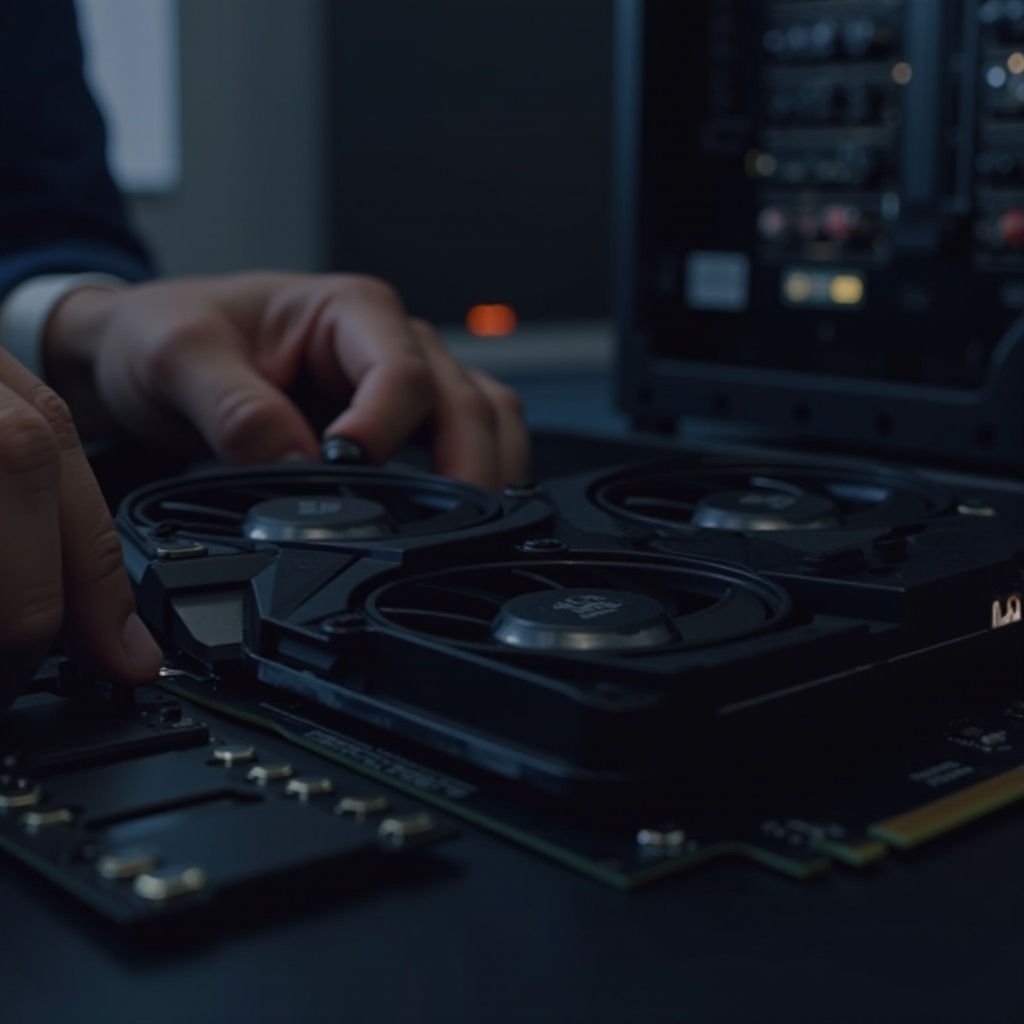How to Clean and Re-Install GPU Drivers for Optimal PC Performance
Introduction
Graphics processing unit (GPU) drivers are essential for handling your PC’s graphical operations smoothly. When these drivers become obsolete or unoptimized, they can result in bothersome issues like stuttering graphics, sudden crashes, or bottlenecked performance, especially in graphically demanding software and games. Regular maintenance by cleaning and reinstalling GPU drivers is crucial for ensuring they perform optimally and remain compatible with the latest technology. In this guide, we’ll explain how to clean and re-install GPU drivers effectively. Discover when and why this is necessary and gain detailed instructions to follow. Proper management of your GPU drivers can greatly enhance your computing experience.

Understanding GPU Drivers and Their Importance
GPU drivers serve as a conduit between your computer’s operating system and its graphics hardware, allowing them to communicate seamlessly. They ensure that the features of your graphics card are optimized, providing significant boosts in performance by unlocking latent hardware capabilities. Drivers also patch bugs and resolve security vulnerabilities, making them a key component of your system. Keeping GPU drivers updated is imperative for maintaining graphics performance, stability, and compatibility. Failure to do so can lead to glitches, crashes, or performance degradation, highlighting the importance of knowing when and how to clean and reinstall drivers.
When to Clean and Re-Install GPU Drivers
Being aware of the right moments to clean and reinstall your GPU drivers can help prevent performance hiccups and system instability. Signs that it’s time to take action include frequent crashes during games or rendering tasks, noticeable system slowdowns, or encountering display problems. If you have recently upgraded your GPU hardware, installing fresh drivers can ensure new hardware functions optimally. Moreover, if a recent driver update causes issues, reverting to a clean installation of an older driver version may resolve conflicts and stabilize the system. This proactive tactic guarantees your system remains efficient and reliable.
Preparing to Re-Install GPU Drivers
Preparation is fundamental for a successful driver cleaning and reinstalling procedure. Begin by backing up your system to protect personal data from unexpected errors. Identify your GPU model—tools like Device Manager on Windows or System Profiler on Mac can aid in this. Download the latest driver package directly from the GPU manufacturer’s website to get the most reliable updates. Ensure an active internet connection, as additional updates might be required post-installation. Lastly, clear some disk space if needed to accommodate the new driver files, facilitating a smoother installation.
Step-by-Step Guide to Cleaning GPU Drivers
Before reinstalling, cleaning your GPU drivers is essential to remove conflicting or corrupted files. Here’s how:
-
Uninstall Current Drivers: Navigate to the Device Manager to uninstall GPU drivers. Right-click on your GPU under Display Adapters and select ‘Uninstall device’.
-
Use Dedicated Tools: Utilize programs like Display Driver Uninstaller (DDU). Boot your system into safe mode and launch DDU to achieve a comprehensive clean.
-
Reboot: Once the uninstall process is complete, reboot your computer to clear any residual components from the system memory.
-
Check for Errors: Confirm that your system is stable and operating normally before progressing to the new installation. Use troubleshooting tools to diagnose lingering issues.
By meticulously adhering to these steps, you can prevent potential issues from old configurations or corrupted files.
Re-Installing GPU Drivers Correctly
With a clean system, you can proceed with re-installation:
-
Download New Drivers: Always get the latest drivers straight from your GPU manufacturer—NVIDIA, AMD, or Intel provide dedicated resources on their sites.
-
Initiate Installation: Launch the setup file and adhere to the on-screen prompts. Choose a ‘Clean Install’ if available to overwrite existing settings for a fresh start.
-
Custom vs. Express Installation: Custom installations enable the selection of particular components and features, while express setups apply standard settings. Select based on how much customization you need.
-
Reboot Again: After installation, reboot your system to apply changes and reset configurations.
These steps ensure the highest performance and stability from new driver versions.
Post-Installation Best Practices
After reinstallation, optimize your PC with best practices. Regularly check for updates; set routine reminders for maintenance. Configure your OS to automatically notify you of new driver updates. Test graphics-intensive apps and games to verify enhanced performance and stability. Keep a log of driver versions; this can be useful if problems arise with new updates, allowing for quick troubleshooting. Additionally, familiarize yourself with rollback options in case recent driver versions introduce issues.

Troubleshooting Common Issues
Even after following every protocol, issues may occur. You might encounter display errors, flickering screens, or strange artifacts. Start resolving with a system reboot. If problems persist, revisit the device manager to roll back drivers or use safe mode for an in-depth diagnostic. Look into forums and your GPU manufacturer’s support for solutions to particular errors. Software conflicts might require reinstalling affected apps along with the latest driver updates. A systematic, patient method can resolve the majority of driver-related complications.

Conclusion
Managing GPU drivers is pivotal for sustaining your PC’s graphics performance and stability. By cleaning and reinstalling drivers when required, you can prevent continual system crashes and graphic errors, ensuring a smoother, more delightful computing experience. Regular upkeep and staying updated with the latest releases enhance system reliability. Always remember to back up crucial data and remain organized during technical procedures. This guide offers a solid framework to handle GPU driver maintenance adeptly.
Frequently Asked Questions
What tools can I use to clean GPU drivers?
Display Driver Uninstaller (DDU) is a popular choice for thorough cleaning. It completely removes drivers and registry entries, preparing your system for new installations.
How often should I update my GPU drivers?
Routine updates every few months are advisable. However, if you’re experiencing issues or your applications demand the latest features, update more frequently.
What are the risks of not maintaining GPU drivers?
Neglecting GPU driver updates can lead to performance degradation, security vulnerabilities, and reduced compatibility with new software, potentially causing system instability and crashes.
